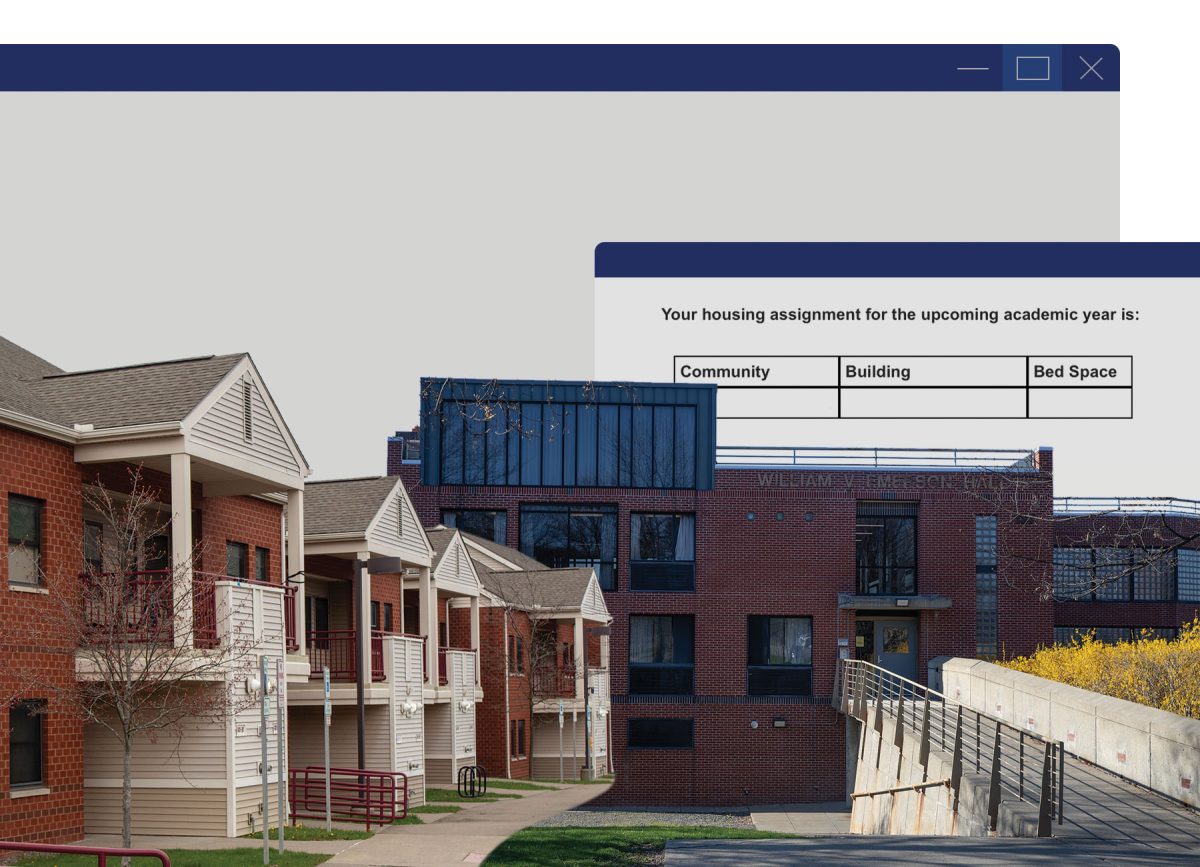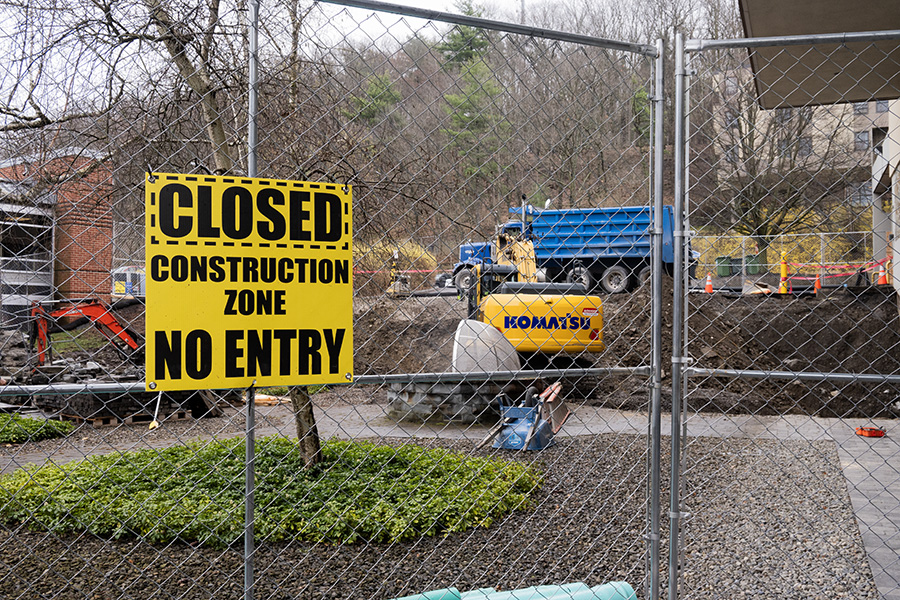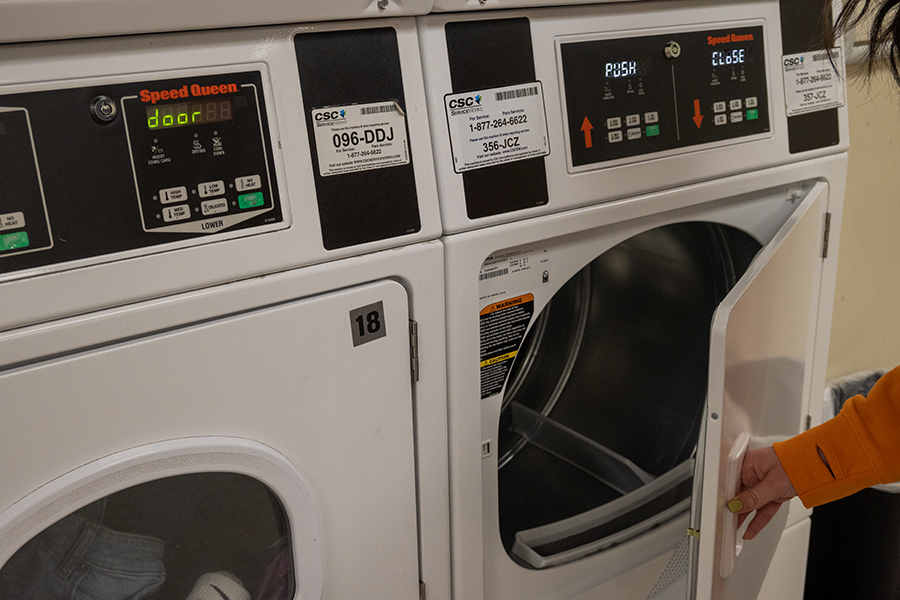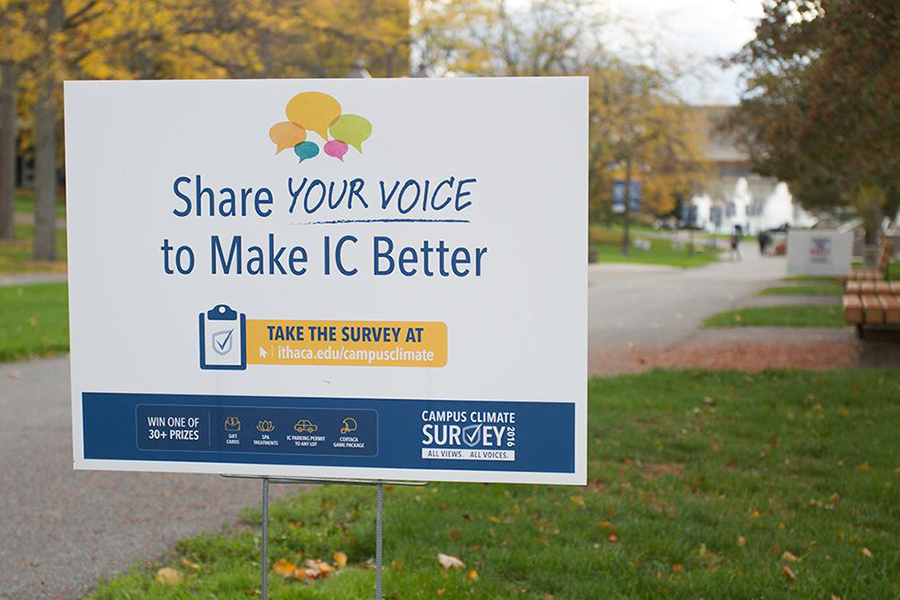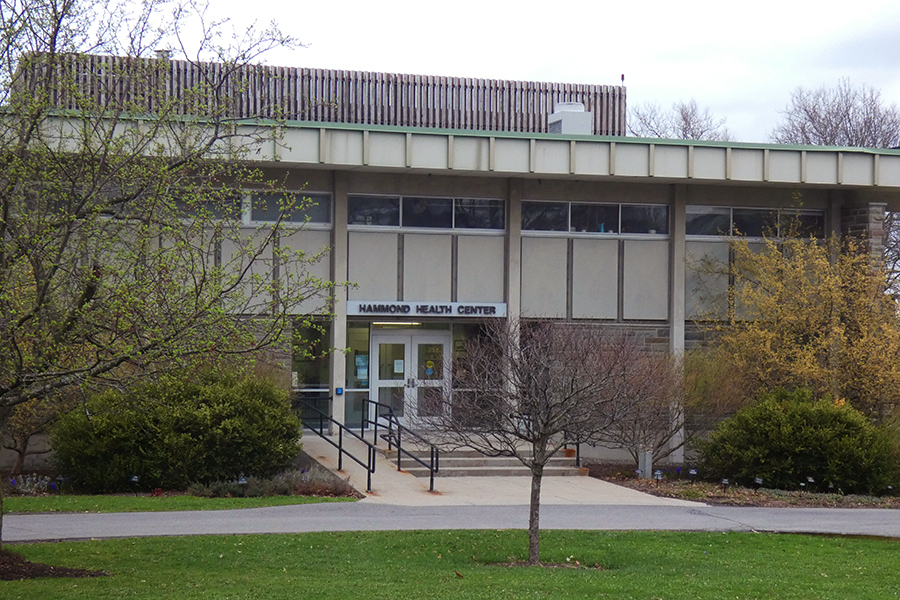The Office of Residential Life has announced measures to account for the projected housing shortage for returning students in Fall 2014.
Linda Koenig, assistant director for housing services and communications, said the Office of Enrollment and Communication gathered in October to project and plan for at least 500 non-senior students to live off campus in Fall 2014, but the number of students approved for off-campus housing remains at around 430.
The college guarantees all undergraduates on-campus housing. As long as the approval number is short of the projection, there will be more students wishing to remain on campus than the college’s housing can accommodate.
“We’re not getting there as quickly as we would like to,” she said.
Next fall, the First-Year Residential Experience will be expanded to reserve all of the upper and lower quads, except a part of Clarke Hall, and the towers specifically for freshman housing.
To create additional space on campus for returning students, Residential Life plans to convert 60 Circle Apartments from 4-person to 5-person and 3-person to 4-person capacity and to create awareness about the availability of the second floor of Terrace 13. The college will also make 68 FYRE rooms in Clarke Hall an option for rising sophomores, convert the now-vacant Terrace 5 and Terrace 8 staff apartments to student housing and transform the remaining hallway lounges in Emerson Hall to five additional quad rooms, which will combine a lounge and an adjacent room to accommodate four students.
Junior Hannah Oppenheim, president of the Residence Hall Association, said Residential Life consulted with the RHA at a meeting Dec. 3 to gather student feedback on which quad building to convert back to upperclassmen housing, as well as which Circle Apartments to choose for increased occupancy,
The original plan was to convert Boothroyd Hall to upperclassman housing, but those members who attended the meeting decided against it because the hall is the only first-year disability-accessible building, Koenig said. She said Clarke was a good option because of its proximity to the Roy H. Park School of Communications, which many students prefer.
Bonnie Prunty, director of residential life and judicial affairs and assistant dean for First-Year Experiences, said the student voice better informed their decisions on these details. The RHA serves as that link between the student voice and the Office of Residential Life, Oppenheim said.
“Residential Life is working towards creating a positive residential experience for students, which obviously they’ve been succeeding at it, as there are more students wanting to stay on campus,” she said.
Though the deadline for off-campus applications was Nov. 15, Residential Life will still accept them, she said.
Koenig said there will not be any monetary incentives to encourage students to apply for off-campus housing. This has been the case since last year when Residential Life no longer offered students $2,000 to move off campus in order to meet the on-campus quota. She said therefore the only consequence for students holding out on applying would be losing the opportunity to live off-campus.
Prunty said these monetary incentives in the past would cause students to hold off on applying in anticipation of the incentive, which meant that her office would not know about housing accommodations needs until too late in the year.
“It is a very conflicting message to pay an off-campus incentive when you’re a residential institution and your real goal is to have students stay on campus,” Prunty said.
With the full expansion and implementation of the FYRE next fall, the housing projections are easier to make, but availability for sophomores and juniors is more limited, Prunty said.
While in the past, upperclassmen would choose housing first, leaving the remaining spots for freshmen, Prunty said, the FYRE expansion next fall will reserve a larger, set amount of rooms for freshmen only.
The only exceptions to all-freshmen housing in the quads will be the Honors and Housing Offering a Multicultural Experience programs, which will remain mixed in Lyon and Eastman Hall, respectively, she said.
After seniors who want to live on campus choose housing, she said, the remaining spots on campus — Terraces, Emerson Hall, Circle and Garden Apartments and the 68 rooms in Clarke Hall— will be left to sophomores and juniors.
During the summer, the freshman Class of 2017 experienced a shortage of space during housing selection using the old process.
“One of the motivations for the full expansion was to get all students into the program, and clearly what happened this summer underlined the importance of that happening,” Prunty said.
In addition, the Quiet Study Housing in Terrace 5 will be split with new students living in the basement floor of Landon Hall and returning students in the third floor of Terrace 5. Substance-Free Housing will move from Hood Hall to Rowland Hall’s basement floor for freshmen and the first floor of Terrace 5 for upperclassmen, Koenig said.
The changes to the FYRE and specialty housing programs have been in the works for several years, Koenig said. Prunty said the first proposal of FYRE occurred in 2007, and the conversation about the FYRE expansion to all quads is on its fourth year.
“Even as the versions have changed and the programmatic focus has changed, the notion that all the first-year students should live together in a series of buildings that create a first-year area has been constant,” Prunty said.
Until more students apply to live off campus, Koenig said, action needs to be taken now to address housing shortages.
“We don’t want to wait until May to start scrambling around, so we’re looking at options now,” she said. “We know that we need to generate additional space for returning students so that their selection experience is as positive as we can make it.”



